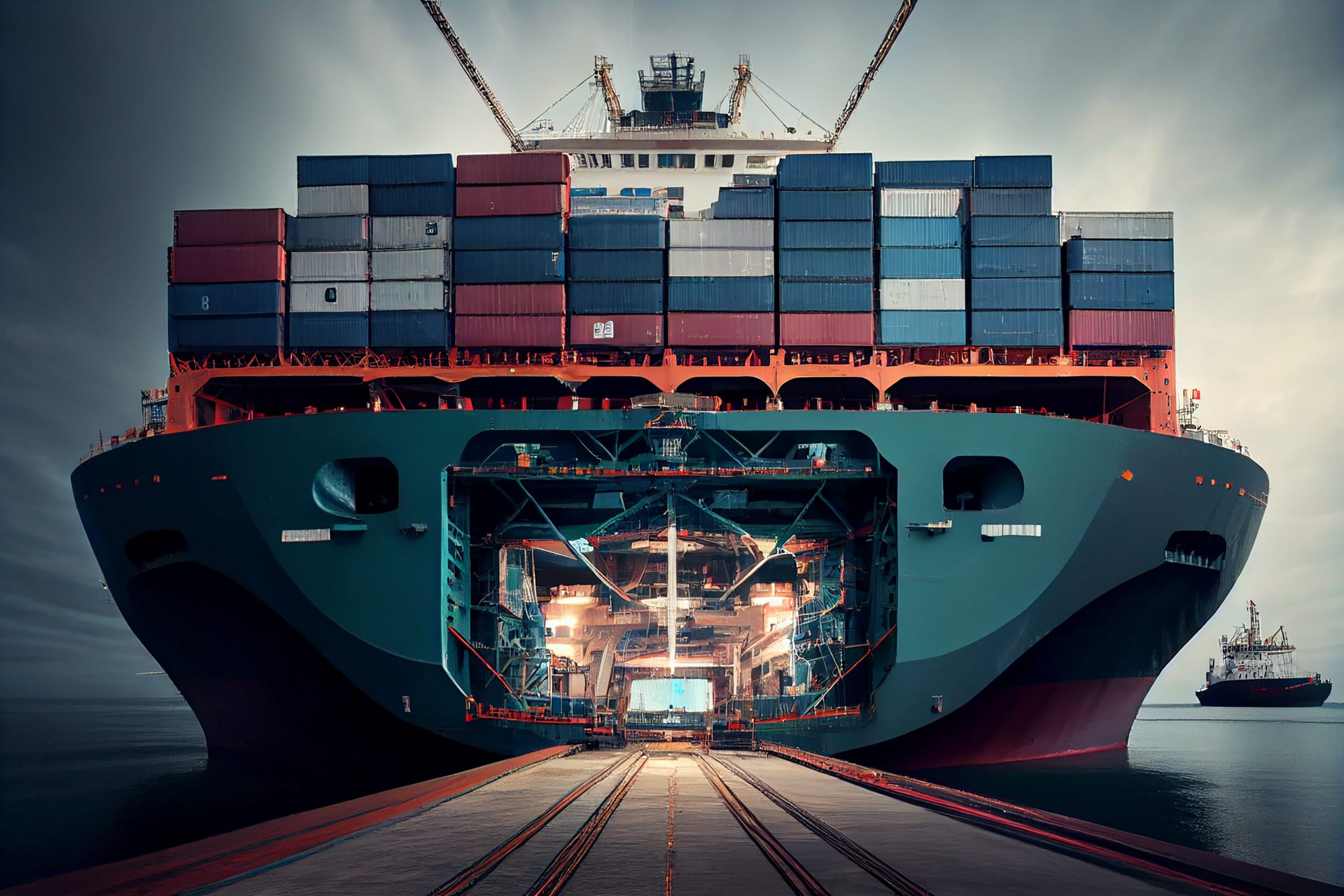Introduction
Shipping goods can be a complex process, and ensuring their safe arrival is paramount for businesses. Whether you’re an e-commerce store owner or a distributor, protecting your goods during shipping is crucial to maintain customer satisfaction and reduce losses. In this comprehensive guide, we will discuss effective strategies and best practices to safeguard your products throughout the shipping journey. By implementing these measures, you can minimize the risk of damage, theft, or loss, and ensure that your goods reach their destination in pristine condition.
Appropriate Packaging
Proper packaging is the first line of defense when it comes to protecting your goods during shipping. Here’s what you need to consider:
- Choose sturdy and durable packaging materials that can withstand handling and transportation.
- Use appropriate cushioning materials like bubble wrap, foam inserts, or packing peanuts to protect fragile items.
- Securely seal packages with high-quality tape to prevent accidental openings.
- Consider using double-boxing for added protection, especially for valuable or delicate items.
Labeling and Documentation
Accurate labeling and documentation play a vital role in ensuring the smooth transit of your goods. Follow these guidelines:
- Clearly label packages with shipping addresses, return addresses, and contact information.
- Use “Fragile” or “Handle with Care” labels for delicate items to alert handlers.
- Include proper documentation such as invoices, packing lists, and customs forms for international shipments.
- Ensure that all labels and documents are securely attached to the packages to avoid detachment or loss.
Quality Control and Inspection
Performing thorough quality control checks and inspections before shipping your goods can help identify any potential issues. Consider the following:
- Conduct comprehensive quality control checks to ensure that products are in perfect condition before packaging.
- Inspect packaging materials for any signs of damage or weakness that could compromise the safety of your goods.
- Verify that all items are properly packed and secure within the packaging.
- Keep detailed records of inspections to resolve any disputes or claims that may arise during shipping.
Insurance Coverage
Purchasing appropriate insurance coverage for your goods provides an added layer of protection. Consider these steps:
- Evaluate your goods’ value and associated risks to determine the appropriate insurance coverage needed.
- Research insurance providers and policies that offer comprehensive coverage for loss, damage, and theft during transit.
- Understand the terms and conditions of the insurance policy, including coverage limits, deductibles, and claim procedures.
- Properly document your goods and retain proof of their value, such as receipts or appraisals, to facilitate insurance claims if necessary.
Choosing Reliable Carriers
Selecting reliable and reputable shipping carriers is crucial for the safe transportation of your goods. Follow these guidelines:
- Research and compare different carriers based on their track record, reliability, and customer reviews.
- Consider carriers with specialized handling for fragile or high-value items.
- Check for tracking capabilities to monitor the progress of your shipments in real-time.
- Review carrier insurance options to supplement your own coverage if required.
Consider Specialized Packaging
For certain types of goods, specialized packaging may be necessary to ensure their protection. Here are some examples:
- Temperature-controlled packaging for perishable or sensitive items.
- Moisture-resistant packaging for goods susceptible to water damage.
- Anti-static packaging for electronic devices or components.
- Shock-absorbing packaging for delicate or fragile items.
Proper Loading and Stacking
During the loading and stacking process, proper handling techniques can significantly reduce the risk of damage. Consider the following:
- Train personnel on proper handling techniques to avoid dropping or mishandling packages.
- Ensure that heavier items are placed at the bottom and lighter items on top during stacking.
- Use appropriate dunnage materials to fill void spaces and prevent shifting during transportation.
- Securely strap or fasten stacked items to prevent movement or toppling.
Track and Monitor Shipments
- Keeping a close eye on your shipments can help identify any potential issues and ensure timely intervention. Follow these steps:
- Utilize tracking systems provided by shipping carriers to monitor the progress of your shipments.
- Set up automated notifications for delivery updates or any exceptions that may occur.
- Regularly communicate with the carrier to address any concerns or delays promptly.
- Implement GPS tracking devices for high-value or critical shipments to have real-time visibility.
Partner with Fulfillment Centers or 3PL
If managing shipping logistics internally becomes challenging, partnering with a fulfillment center or a third-party logistics (3PL) provider can offer added expertise and resources. Consider the following benefits:
- Fulfillment centers can handle packaging, labeling, and shipping on your behalf, ensuring proper protection for your goods.
- 3PL providers have established relationships with reliable carriers, offering you access to their networks and negotiated rates.
- These partners often have robust quality control measures in place to ensure the safe handling of your products.
Customer Communication
Open and transparent communication with your customers can help address any concerns and provide reassurance. Follow these guidelines:
- Clearly communicate shipping timelines and expectations to customers during the purchasing process.
- Provide tracking information and updates to customers, allowing them to monitor their shipments.
- Establish a clear process for customers to report any issues or damages and promptly address their concerns.
- Offer a hassle-free return or replacement policy to build trust and maintain customer satisfaction.
Conclusion
Protecting your goods during shipping requires a comprehensive approach that encompasses packaging, documentation, insurance, carrier selection, and monitoring. By implementing these strategies, you can minimize the risk of damage, loss, or theft, and ensure the safe arrival of your goods to their destination. Remember, investing in proper packaging, quality control checks, insurance coverage, and reliable carriers are essential steps to safeguard your products. By prioritizing the protection of your goods, you not only enhance customer satisfaction but also uphold your business’s reputation for quality and reliability in the marketplace. To know more about international shipping services, click here.


